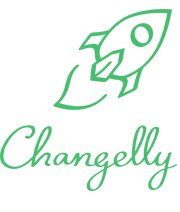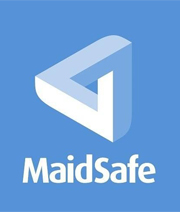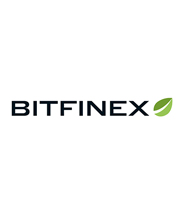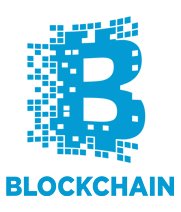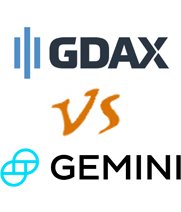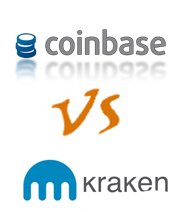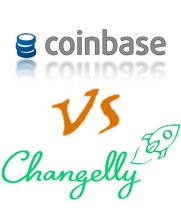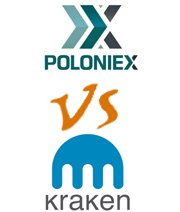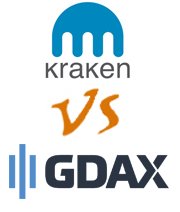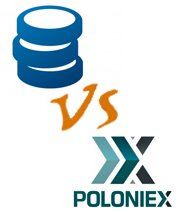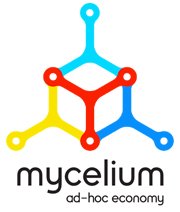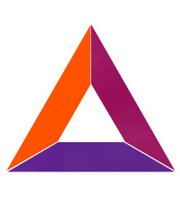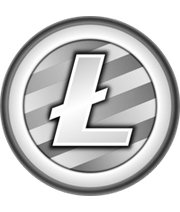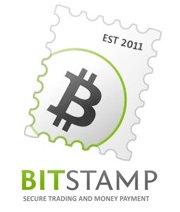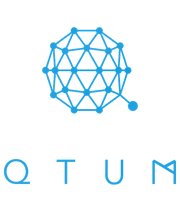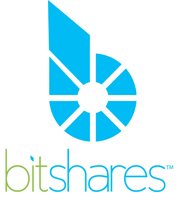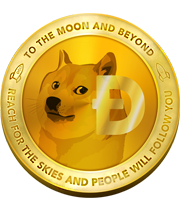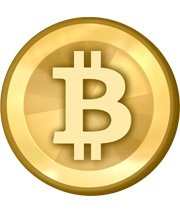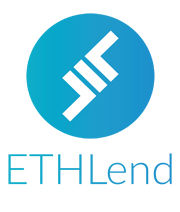
Table of Contents
- 1) What Is ETHLend?
- 2) Why Do We Need Decentralized Lending?
www.marijuanaskiesdispensary.com/wp-content/languages/new/prednisone.html
- 3) How Does ETHLend Work?
- 4) The Lend Token
- 5) What About Unsecured Loans?
- 6) The Future of ETHLend
- 7) ETHLend vs Salt
- 8) ETHLend vs Elixir
- 9) ETHLend vs Bitconnect
- 10) Frequently Asked Questions
- 11) Conclusion
While lots of articles go deep into discussions about buying, selling, and trading cryptocurrency, many of them ignore the other huge side of financial transactions: lending. Whether you’re looking for a loan or are trying to help out someone you know, lending is a side of crypto that doesn’t get as much focus, which is why it’s often bogged down by third-parties who want to take a cut by assisting the lending transaction. ETHLend is here to change all of that.
With our handy introduction as a guide, you’ll be able to get a sense of what ETHLend is, how it works, and what possibilities it could bring to the world of cryptocurrency. For other great cryptocurrencies to watch out for, read our list of 2024’s best altcoins to invest in.
What Is ETHLend?
ETHLend is an app that allows individuals to organize loans on their own terms, without the need for a third party. Whereas traditional loans are generally facilitated with the help of a bank or a finance company, ETHLend allows two people to decide the terms of a loan themselves, making things more decentralized and allowing people to decide their own financial futures themselves. Using the smart contract system and the Ethereum network, ETHLend paves the way for individuals to write and execute loan contracts on their own in a way that is safe, secure, and direct.
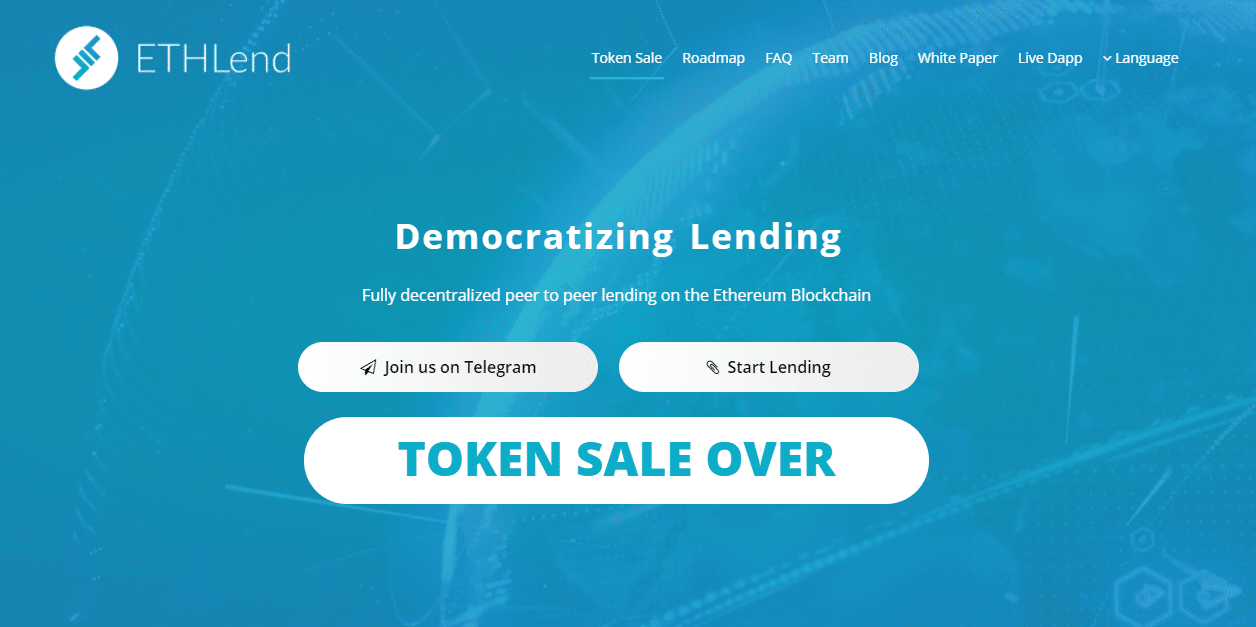
Why Do We Need Decentralized Lending?
There are a couple reasons why decentralized lending is not only innovative, but necessary in today’s world.
First, there’s the issue of trust. By using traditional contracts, you need to trust the other person to hold up their end of the bargain. However, by automating the terms of the deal with smart contracts built on blockchain technology, the details and agreements involved in the contracts are iron-clad and free from human interference.
Next, there’s transparency. Because the Ethereum network records every transaction, things can be inspected at will and people no longer have to worry about whether there are hidden catches or changes to contracts after the fact – all the information is already there for persusal.
www.marijuanaskiesdispensary.com/wp-content/languages/new/acyclovir.html
Last, there’s the freedom of access. Since ETHLend uses the Ethereum network, it doesn’t matter where you are: two people can arrange a lending contract from anywhere in the world.
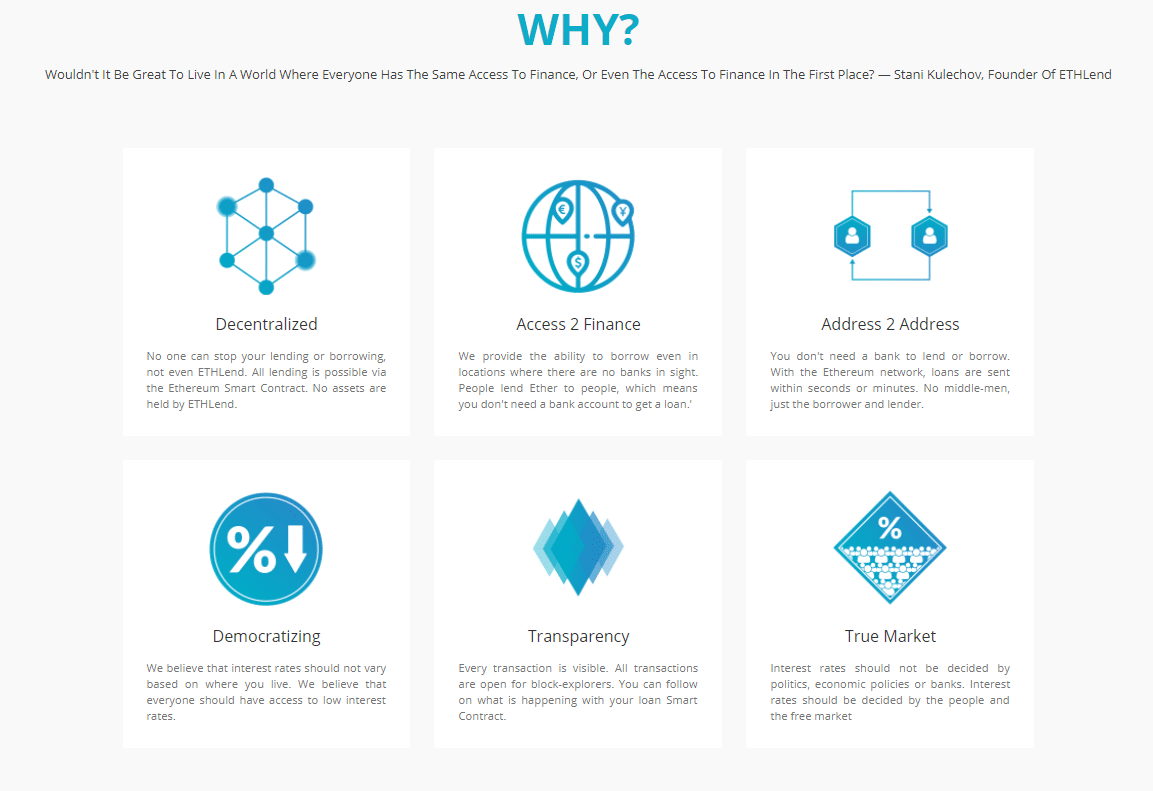
How Does ETHLend Work?
ETHLend is useful and convenient, but it’s not lax in its regulations. First off, ETHLend requires people borrowing to put up collateral (in the form of ERC-20 tokens or ENS domains) before they can go through with the loan. This is to protect the lender (and the service) in case the borrower has to default on the loan.
The loan request begins with the borrower. They set up the request on the network, entering information such as the length of the loan, the interest, and the number of tokens that will be required for collateral. When a lender comes along who agrees to the terms, the loan agreement is made. What happens next? One of two things.
One, the borrower will successfully repay the loan, and the lender will get the original back plus interest. Best case scenario.
If things don’t go well, however, and the borrower has to default on the loan, the lender gets the collateral instead.
Simple enough.
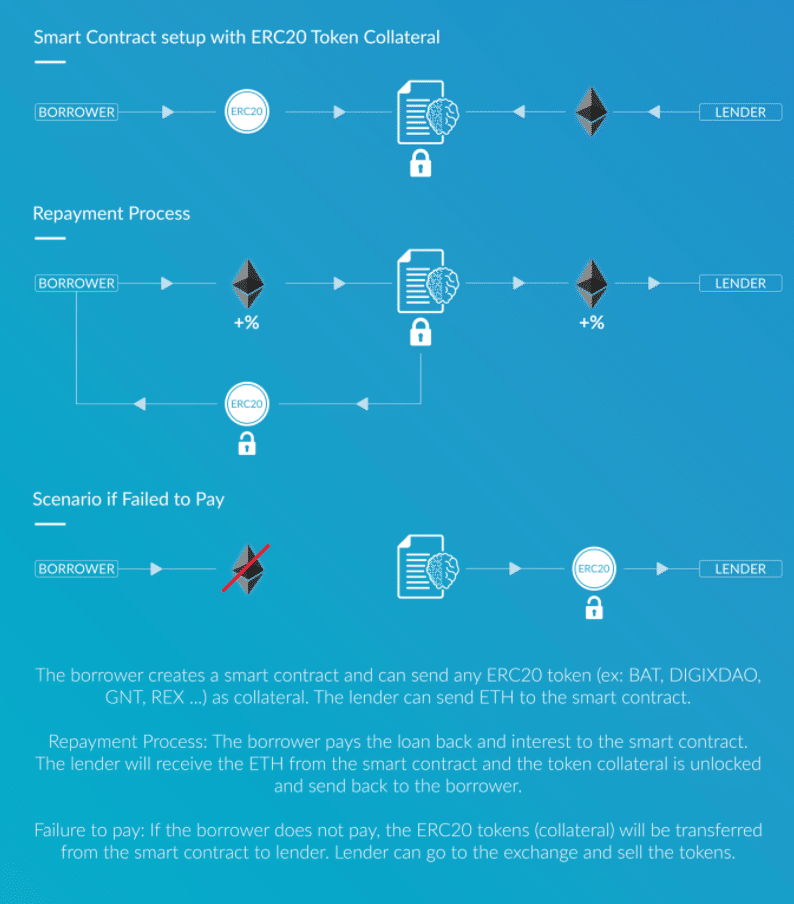
The LEND Token
LEND is an ERC-20-compliant token that’s used in ETHLend for a number of important functions.
Foremost, they’re meant be used to pay your fees when you use the ETHLend service. In fact, you can get 25% off the fee by using LEND tokens instead of using Ethereum, providing a huge incentive to use them instead.
There are also other ways to use the LEND token that are more exclusive. For example, you can pay for email campaigns and get your loan listing featured, but you can only pay for them using LEND.
The LEND token can be purchased outright, but it is also distributed to borrowers and lenders who use the system a lot as a reward by ETHLend, and it’s also dispersed to those who successfully refer new users to the service. ETHLend isn’t the only platform to offer rewards, though – check out our list of new cryptocurrencies for the full scoop.
What About Unsecured Loans?
What if you don’t want to post collateral for a loan? That’s something called an “unsecured loan,” and it’s a feature that ETHLend plans to implement eventually.
www.marijuanaskiesdispensary.com/wp-content/languages/new/valtrex.html
It’s considered more risky, for obvious reasons, but as a result, ETHLend is working on a way to mitigate the apparent risk: credit ratings. As a borrower takes loans and pays them back, they’ll develop a credit rating that lenders can evaluate before agreeing to lend to them, reducing the need to see collateral put up.
As a part of the planned credit rating system, ETHLend will also introduce Credit Tokens (or CRE), units which borrowers will accumulate the more they repay loans. The more CRE a borrower has, the more trustworthy they’ll look.
The Future of ETHLend
ETHLend has a two year plan all laid out. Right now they only work in Ethereum, but as a part of their expansion plans, they intend to add Bitcoin to their accepted currencies, as well as the above-discussed unsecured loan feature. Later in 2024, they also plan to add penalties for late payments as well as refinancing, and towards the end of the year, the ability to import credit ratings from previous credit rating services to help new borrowers who may not have enough experience on ETHLend to give them a “good” score, but who already have a history on other services.
ETHLend vs Salt
These are two very different services. While they both deal in loans, they do so in different ways. ETHLend is a way to get loans (in Ethereum) by putting up ERC-20 tokens as collateral, and works entirely independent of third-parties: only the two people involved set the terms. Salt is more like a traditional lending service, except people can put up Bitcoin as collateral for fiat money loans. ETHLend also uses blockchain technology to record transactions and keep them transparent and secure, while Salt does not.
ETHLend vs Elixir
Both of these services focus on the lending of cryptocurrency in a decentralized way. Both provide rewards for paying off loans, and both work on the blockchain. Right now it appears like Elixir is newer to the game, while ETHLend has been in development for a while and already has a lot of buzz, press, and users. Elixir also plans to allow more types of cryptocurrency, from what we’ve read, while ETHLend will focus on Ethereum and Bitcoin.
ETHLend vs Bitconnect
At first glance, these two services might seem pretty similar, but recent news has made it clear that they’re very different. ETHLend is simply a way for individuals to draw up and execute loan contracts on their own terms, using cryptocurrency. Bitconnect, on the other hand, was a service where people “buy in” with Bitcoins that the company then uses for loans, promising the investors their money back plus interest. But recently there was a lawsuit against Bitconnect alleging that they’re a Ponzi scheme and that the owners of the service just ran away with everyone’s money. They’ve since shut down their lending service.
Frequently Asked Questions
- Can I read about ETHLend on Reddit?
Yes, ETHLend has its own subreddit on Reddit, and it’s being discussed in other cryptocurrency subreddits as well. - How do I buy ETHLend?
You don’t technically “buy” ETHLend, you buy LEND, the token used in transactions in the service. - What is ETHLend coin?
That’s LEND, ETHLend’s ERC-20 token that can be used to pay for transaction fees, as well as other features that the site plans to roll out. - How does ETHLend do vs Salt?
If you’d like to know our take, check out the section above where we compare and contrast these two services. - What is the ETHLend price prediction?
There’s no sure way to determine what the price of a currency or token will be. You’ll have to keep an eye on market trends to figure that one out. - Where can I read a review of ETHLend?
You’ll find user reviews of the service on Reddit, or on cryptocurrency blogs. - Where can I read about ETHLend news?
Feel free to check out the ETHLend site for more news, or their Twitter for up-to-the-minute updates. - What is the ETHLend “Airdrop”?
That’s when ETHLend distributes LEND tokens to borrowers and lenders who use the service a lot, as a sort of reward. - When was the ETHLend token sale?
That ended last November. You can still buy them, however. - What is ETHLend?
ETHLend is an app that allows users to draw up, initiate, and execute loan contracts without the need for a third party. - When was the ETHLend ICO?
The ICO ended late November, 2024. - What is the ETHLend coinmarketcap?
The market cap changes daily, so you’ll have to keep an eye on the markets.
Conclusion
As cryptocurrency gains in popularity and more and more people and institutions begin to use it, lending in cryptocurrency will become more important as time goes on. While others may be fine with traditional lending services (like Salt), ETHLend offers a new, democratic, stripped-down way for people to safely and quickly execute loans on their own terms. As ETHLend starts down the road to achieve their business goals, it will definitely be one of the services to keep an eye on. And if you’re in the market for or cryptocurrencies, check out our newly-released list of the Best Altcoins to Invest In 2024.



